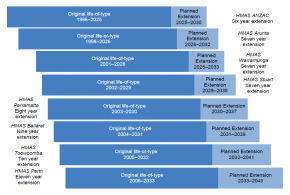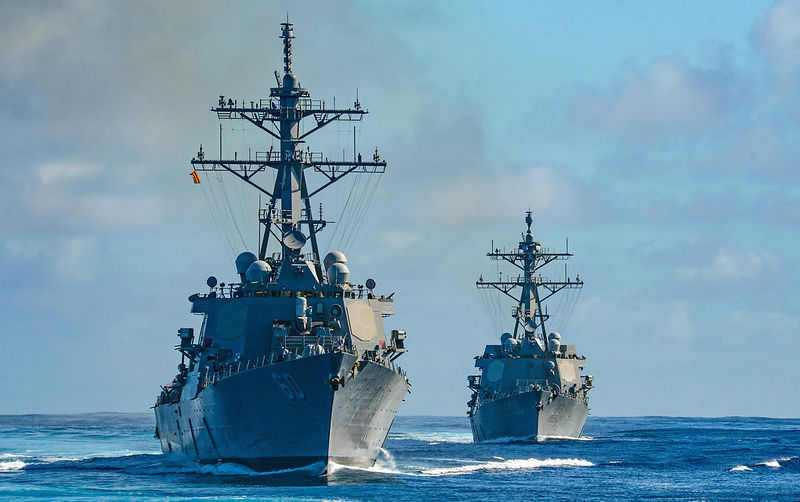Yes
You are right the authors credentials are hidden under the nom de plume Admiral Prune with the stated reason to escape ADF censure as a current ranking RAN officer. In any case, it is not the credentials of the author so much as the coherency of the arguments. The key characteristics of the coming threat are identified as are ADF shortcomings in meeting those. These are not my ideas and probably are not even original, but the recent announcement from Navantia and the continued cloud over Hunter might warrant reassessment.
Commentators suggest that the Morrison Government is attempting to frame a khaki election. It would be far better were it a blue election - sea and sky blue.
johnmenadue.com
In essence, the US assessment is the coming naval surface battle with the CCP in the Indo-Pacific will be a "missile on missile" confrontation where numbers of VLS cells is a deciding factor. ASW will be a secondary consideration. As most readers here know, RAN surface combatants don't compare well with CCP vessels on VLS cell numbers and future RAN combatants such as the Hunter class don't address this either.
The solution proposed is attractive because it not only addresses capability requirements to meet the threat but delivers outcomes faster with potentially better cost control.
The solution is to commence building US Arleigh-Burke flight III destroyers in Adelaide ASAP to replace the existing Hobart's and retasking the Hobarts (while also building more of them) to replace the Anzac frigates. The Hunter class would be abandoned.
This would have these effects:
1. New vessels would be delivered to the RAN more quickly.
* Navantia's offer for three additional Hobarts by 2030 could be taken up.
* ABII construction in Adelaide is likely to be faster than Hunter with the latter still in design phase until at least 2024. If Hobarts are constructed in Spain, this would not impact on the ABIII build and we might see at least one of these by 2030 as well) A Spanish Hobart build would not involve sovereignty effects because of the previous in country Hobart build.
2. Resulting force structure would better suited to the forecast "missile on missile" confrontation with the CCP.
The ABIII's 96 VLS cells doubles Hobart's 48, which in turn is 6 times Anzac's 8.
3. Costs may be more predictable.
Although difficult to compare, Hunter class costs are a bigger risk.
Although I can hear many of you pointing out that the Hunter's are focused on ASW, the more pressing capability in the Indo Pacific theatre is missile and air defence which may not be so for European navies. Both ABIII and Hobart possess good ASW capabilities anyway and capability in this area would still be improved with this initiative.



